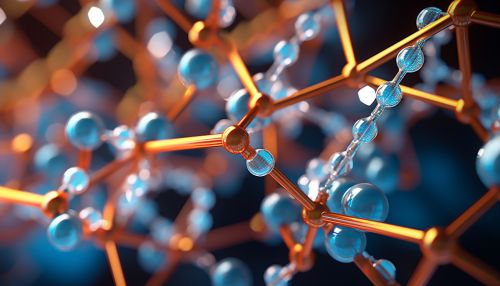Protein Structure Prediction
Introduction
Protein structure prediction is a branch of structural bioinformatics that deals with the prediction of the three-dimensional structure of proteins from their amino acid sequences. This field of study is of fundamental importance in understanding the function of proteins and their roles in various biological processes.


Background
Proteins are composed of amino acids, which are the building blocks of life. The sequence of these amino acids determines the structure of the protein, which in turn determines its function. However, predicting the structure of a protein from its amino acid sequence is a complex task, due to the vast number of possible conformations a protein can adopt.
Protein Structures
Proteins can have four levels of structure: primary, secondary, tertiary, and quaternary. The primary structure is the sequence of amino acids, while the secondary structure refers to local folding patterns such as alpha-helices and beta-sheets. The tertiary structure is the overall three-dimensional shape of the protein, and the quaternary structure describes the arrangement of multiple protein subunits.
Methods of Protein Structure Prediction
There are two main methods of protein structure prediction: experimental methods and computational methods. Experimental methods, such as x-ray crystallography and nuclear magnetic resonance (NMR) spectroscopy, provide the most accurate protein structures, but they are time-consuming and expensive. Computational methods, on the other hand, are faster and cheaper, but they are less accurate.
Experimental Methods
X-ray crystallography is the most widely used method for determining protein structures. It involves crystallizing the protein, bombarding it with x-rays, and analyzing the diffraction pattern to determine the protein's structure. NMR spectroscopy is another experimental method that can be used to determine protein structures. It involves placing the protein in a magnetic field and observing the behavior of its atoms.
Computational Methods
Computational methods of protein structure prediction can be divided into two categories: ab initio methods and homology modeling. Ab initio methods predict protein structures from scratch, based on the principles of physics and chemistry. They are computationally intensive and are only feasible for small proteins. Homology modeling, on the other hand, predicts the structure of a protein based on the known structures of similar proteins. It is the most widely used method of computational protein structure prediction.
Challenges in Protein Structure Prediction
Despite advances in both experimental and computational methods, protein structure prediction remains a challenging task. One of the main challenges is the protein folding problem, which is the question of how a protein folds into its functional, three-dimensional structure from its linear amino acid sequence. Other challenges include the prediction of protein-protein interactions and the prediction of the effects of mutations on protein structure.
Future Directions
The field of protein structure prediction is constantly evolving, with new methods and technologies being developed. One promising area is the use of machine learning algorithms, which can learn from large datasets of known protein structures to predict the structures of unknown proteins. Another area of interest is the development of hybrid methods that combine experimental and computational techniques to improve the accuracy of protein structure prediction.
